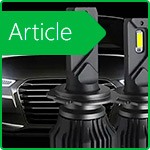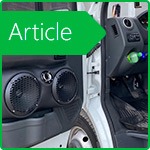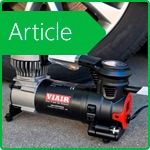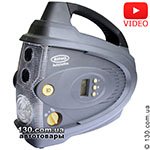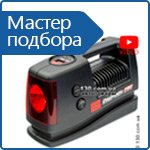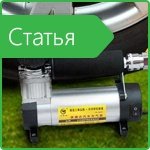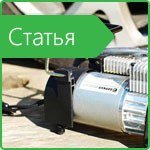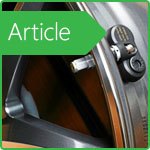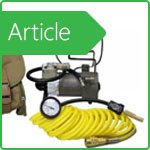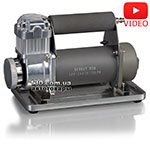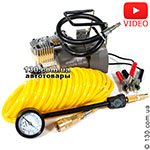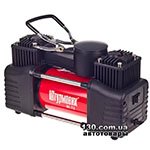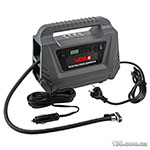What is the tire pressure should be in the winter?
With the advent of winter, when the temperature can fall below zero degree mark, motorists are often faced with some nuances in their operation. And sometimes the problem is not immediately evident, for example, when it comes to tire pressure, so many drivers on it even not pay attention. And for good reason. the pressure level in the tires-a very important operational parameter, which affects vehicle handling, it may depend on the health and even the life of the driver and passengers. Let's look at what the tire pressure should be in the winter.
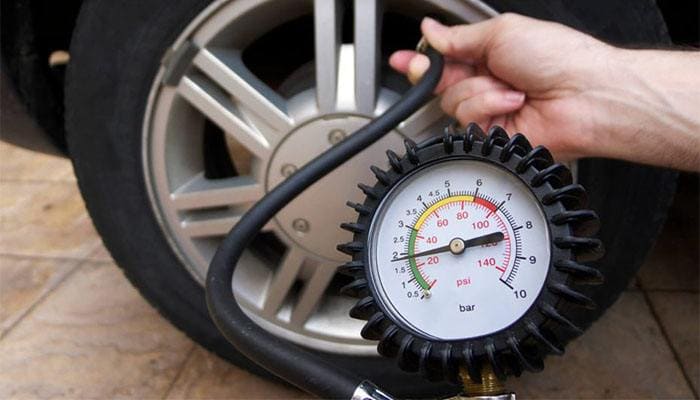
How does the tire pressure in the winter?
Typically, the car manufacturer is always pointing the best indicator of the pressure in the operating manual, which is available for each vehicle. Sometimes an additional body of the machine in the driver's doorway placed a special plate with recommended rates of pressure.
Naturally, the car owner must follow the manufacturer's instructions and inflate the tire to as recommended is always important, but even here there is a BUT! Winter, or rather, minus temperature making certain adjustments, and this too should be considered. But the drivers of this often overlooked.
Unfortunately, no one has repealed the laws of physics, and every schoolboy knows that in the process of gas cooling, it shrinks. As a result, the air in the cold tire is compressed, which leads to the fact that the wheels lose their elasticity. Which can cause serious problems.
Let's say you drove the car to the service station where the tire repairers in a warm room pumped the tire up to the set pressure automaker in 2.2 or 2.4 atm. After leaving the street, to the cold air inside the tire cachet gradually cooled. The rate of pressure drop would be about 0.1 atmospheres for every 8 °C. That can lead to the fact that from 2.2/2.4/Atm. very fast pressure drops to 1.8/2 bar or even lower, depending on weather conditions. The driver, not knowing it, goes already rubber. And this, in turn, can lead to a very unpleasant situation.
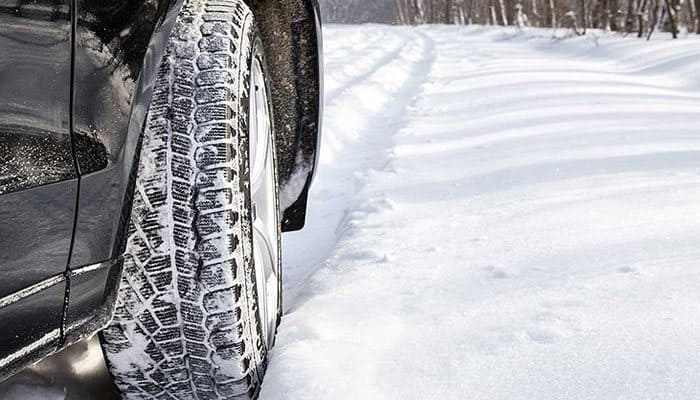
Riding underdeveloped rubber dangerous consequences on:
- Reduced handling -if the wheels are inflated slightly, the machine may start to "float", it will drive on the road from side to side even on the line. But when entering a corner, the tire may be a room that could be the reason that the car can get to the path even for no apparent reason. All this increases the risk of an accident since the driver is more difficult to cope with the management.
- The increase in fuel consumption -due to the fact that the wheels are able to underdeveloped greater measure swing resistance, it may be a fairly significant increase in fuel consumption.
- Rapid and uneven wear on tires -when the wheel is slightly inflated, the tire starts to abrade unevenly, most of the affected side. In addition, the studded tire rapidly loses spikes and gets naked, which reduces the maneuverability and control and can lead to an accident on a slippery road.
Feature wheels winter operation: the driver what to do?
To avoid trouble due to an incomplete download of the wheels in the winter, you should regularly check the level of pressure in the tires. Just remember that doing this is not recommended immediately after the swap. First you have to give the car to stand outside at least an hour. Only in this way it will be possible to assess the real pressure.
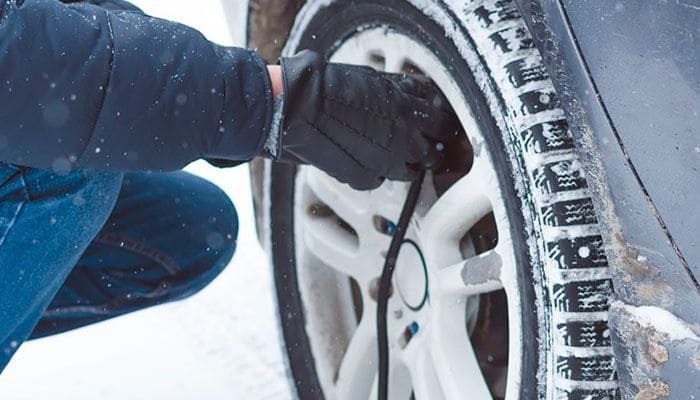
This time will be sufficient to ensure that the air inside the tire had time to cool down to ambient temperature. As a result, in the measurement can be received real pressure at the current outside temperature. That it should be compared with the recommended, if the index is below the norm, then the tire should be pumped up and maintained at the required level.
In some cases, you can make an exception. This includes the situation where have to drive on the virgin snow. In such circumstances, a little half-mast tires will work better. Some experts even recommend specially to make the pressure of less than about 0.5 atm. This simple trick will help to increase the wheel contact patch of loose snow, improving vehicle patency. To avoid problems, it is recommended not to make a sudden taxi, this will help avoid razbortirovaniya wheels dropped.
How to measure the tire pressure
To do this, be sure to need a special device-a pressure gauge. It can be purchased separately, only to control and use the one that is often supplied with modern automobile compressors. Check the pressure should be regularly, ideally every day prior to each departure from the garage. In practice, very few people comply with it. Still, experts recommend checking the level of pressure at least once a month, or if the street is much colder, the better for security check before the trip indicator of pressure. In addition, we strongly recommend that you check the tire pressure, if you are going on a long trip, it is better not to neglect before a long journey. Moreover, that the procedure will not take much time.
As we have said before, you need to check the pressure in the tires are cold, and this applies to any time of the year. All measurements should be carried out before the trip, because in the course of driving the tires are always heated, which distorts the real indicator of pressure within them.
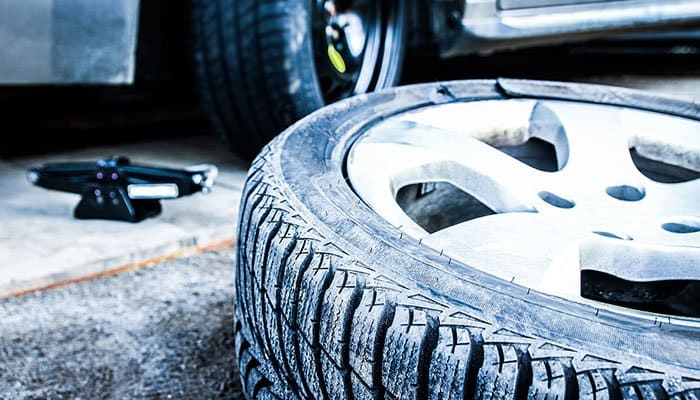
It is also important to carry out measurements in all wheels. It is not enough that there should be within the established norms of the manufacturer, so also in different RV parameter should be the same. It is very important. The fact is that at different pressures in the tires the car loses control, particularly to balance on slippery winter roads the driver becomes more difficult. This could cause an accident.
Check the pressure, do not forget about the "spare tire": this is also a wheel which even the spare, but may be required at any time. After all, you never know when an emergency will have to change a punctured tire on the road. Therefore, the spare tire also must always be ready for operation.
Automatic tire-pressure monitoring system
Since the pressure control-a very important procedure, it is natural that engineers thought hard to automate the process. So there were modern automated tire-pressure monitoring system, all of which are increasingly used by motorists around the world. In such devices, special sensors are used, which transmit data on the level of pressure in the tires to a special control unit.
There are different systems:
- External-they are pressure sensors mounted on the wheel valve.
- Inner-in this case the sensors are located inside each wheel.
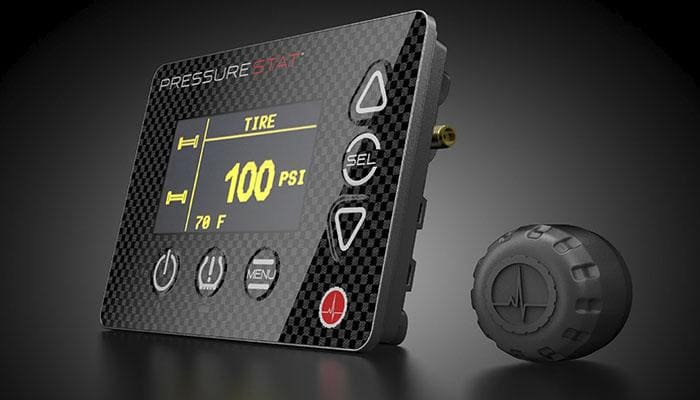
The use of these systems allows the driver to receive information in a timely manner that the pressure dropped suddenly at the wheel. This helps to avoid emergency situations on the road. In addition, it is very convenient, as there is no need to make measurements manually each time.
Errors during pressure measurement in tires
Remember that to determine tire pressure "by eye" is unrealistic. Accurate data will only gauge. But even if you are using the correct device, you still have to do everything right to get reliable information on the state of the wheels. The most common mistake that drivers are as follows:
- Careless use of the gauge-if you connect the device to the nipple correctly, the result is wrong, it fit a pressure gauge to the valve should be as dense, there should not be audible hiss, this indicates that the air is coming out. In such circumstances, one can not correctly measure the pressure indicator.
- Incorrect removal and dressing the cap from the valve-it is very important to see to it that between the valve and the pressure gauge when it is connected no foreign particles-dirt, sand, dust, etc. This not only distorts the readings, but also can cause damage to the device. Just do not forget that after the completion of all the measurements and the swap tires, the valve cap be sure to set in place and tightly screwed.
- The measurements with the heated tires-about this we have already spoken, but many often make this mistake. To Measure the pressure immediately after the trip by car is not recommended obtaining accurate data we have to wait about 2 hours after the car stops. If the driver has to check the level of pressure on the heated wheel, for example, you are on the go and urgently required to pump the wheel, when pumping guided by the fact that the rate should be slightly increase, since then the pressure drops. The optimum gain of the order of 0.2/0.3 bar (atmosphere).
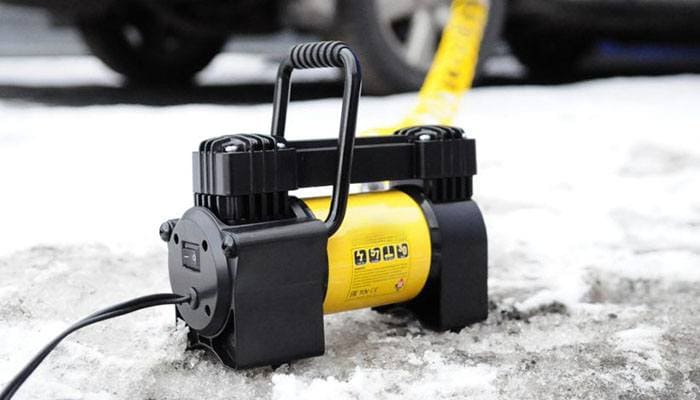
To control the pressure in the tires and pump up their time, we recommend that all motorists buy car compressor with pressure gauge in Kyiv, Odessa and Kharkiv in our online store 130.com.ua at a good price with delivery in Ukraine.
Related materials
Compressors and pumps: Best Sellers

Stay tuned for updates!
Subscribe to our Telegram channel and be the first to receive useful materials.
Subscribe









